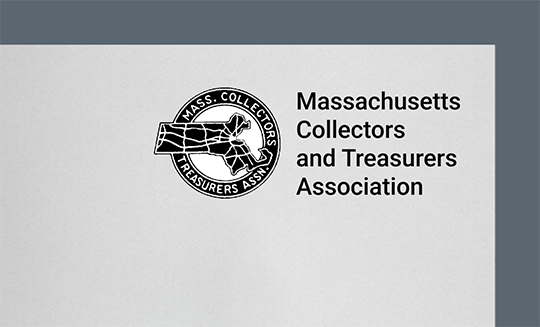Job opportunities rank as one of the top benefits that drive association membership, according to our recent Member Loyalty Study.
It’s no surprise then that today most associations offer a niche job board on their website. Not only do job boards provide value to existing members and help associations attract new members, but they also generate meaningful non-dues revenue from employers who pay to advertise jobs in front of the association’s like-minded audience of engaged professionals.
Often job boards are the association website’s most trafficked area, offering robust functionality, such as anonymous resume banks; job alert notifications for members whenever a job that meet their interests is posted; personalized job recommendations; and integrations with LinkedIn, Facebook and Twitter.
Ultimately, it’s the ability to offer employers access to unique candidates who simply can’t be found elsewhere that keeps employers coming back and paying the associations to showcase their jobs.
As a result, not only do associations enjoy increased member engagement, networking and renewals, but, in most cases, they’re also enjoying non-dues revenue growth year after year because of their job board services.
Not only do job boards provide value to existing members and help associations attract new members, but they also generate meaningful non-dues revenue from employers
When considering what job board technology and strategy makes the most sense for your association, it’s important to understand the intricacies and concept of “Job Board Networks.” Networks—a loosely-used term—can bring many benefits. But, all too often in the niche job board space, they end up cannibalizing an association’s revenue, because they’re not architected in a way that makes the association’s needs a priority.
What’s a network?
Broadly speaking, a network is the grouping of similar industry career centers in a way that drives more traffic to the jobs posted to any of the sites. There are different models. But in short, an employer is generally assured by the network owner that once jobs are posted onto the network, an employer’s niche job posting needs will be covered, the job will be distributed to a variety of relevant sites, and job seeker traffic from multiple sites will follow.
The good.
By distributing a job across a network, the job can receive additional job seeker traffic, as well as applications, assuming the job is relevant to the types of job seekers that traffic other job sites in the network. At the state association level, a network strategy may make sense. After all, employers recruiting nationally may not be able to meet national recruitment needs through a single state or regional association career center. Depending on how the network is structured, there may be a benefit in making it easy for employers to purchase recruitment advertising across multiple, geographically different associations within the same industry, as long as the economics of each association continue to be supported.
The bad.
Too often within networks heavily promoted to employers, sales and marketing efforts are allocated to promoting the network, as opposed to the brands of each association career center. As a result, associations miss an opportunity to become the go-to resource for connecting talent and employers in their niche, and the recognition and corresponding influence of the associations’ brands ends up diluted by the brand of the network. Moreover, prospects (both members and corporate sponsors) are filtered off to other sites, instead of the association’s site, meaning the association loses the opportunity to convert prospects into paying members or sponsors.
An association’s core career center foundation is its ability to offer employers the exposure of jobs to highly qualified, niche candidates
The ugly.
Many job board networks allow other associations or organizations to guarantee employers job exposure on another association’s job board, without that association being paid the fair market value for that exposure. Employers pay a small, extra fee, and are told the job goes on 20, 50 or 100 other sites. If your association is one of these other sites in the network, you’ve now lost your opportunity to capture that employer as a direct customer. While you may be paid a nominal fee for delivering candidate traffic, it’s never the equivalent of what that job posting is worth.
Equally damaging is when your job board is lumped into and sold as a part of a network credit pack that gives an employer a large volume discount. A high value niche job board that delivers solid candidate traffic should not be sold in this way. An employer might buy a 100 pack at a massive discount of face value on the job postings. While only two of those 100 jobs may be relevant to your job board, you’ve now provided the employer a discount as if it purchased 100 jobs on your site. These economics can severely impact an association’s job board revenue, as the volume sold rarely offsets the cost of the massive discount.
Fundamentally, an association’s core career center foundation is its ability to offer employers the exposure of jobs to highly qualified, niche candidates who are difficult to reach through other recruitment channels. While career center networks are beneficial, it’s critical to understand and retain control over who is guaranteed exposure on your site, and how you will be compensated. If it’s unclear, there’s a risk of the network cannibalizing your revenue potential, instead of growing it.






